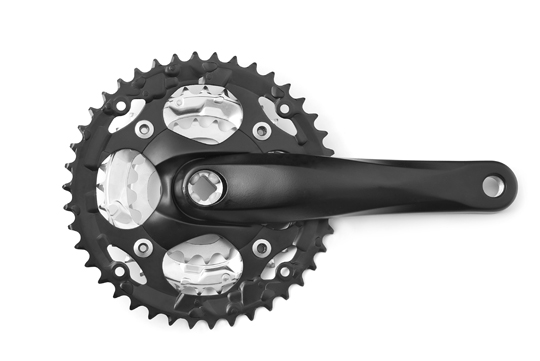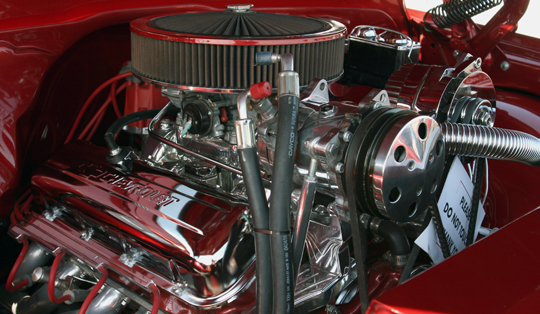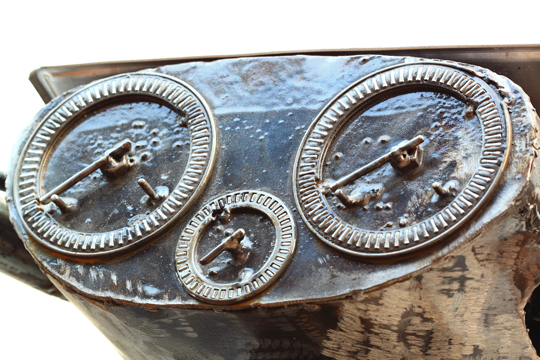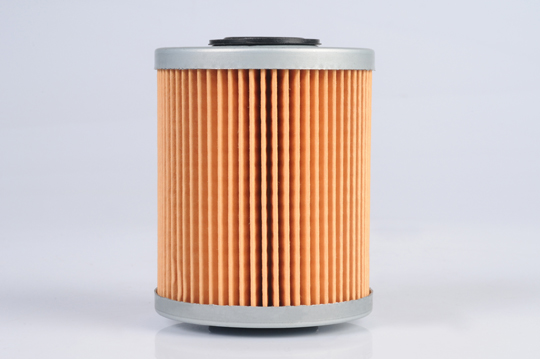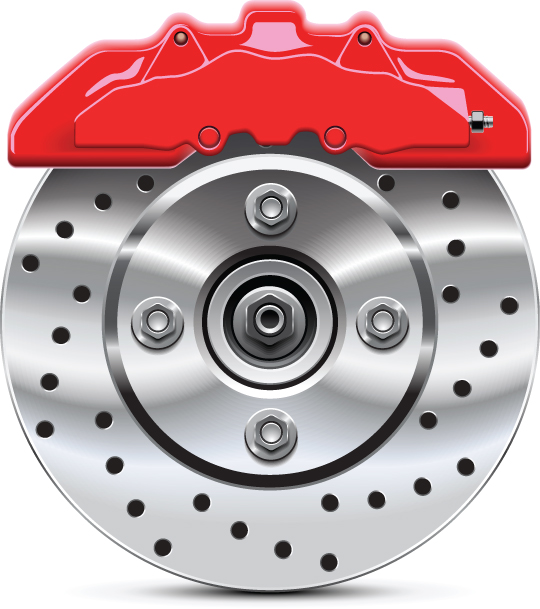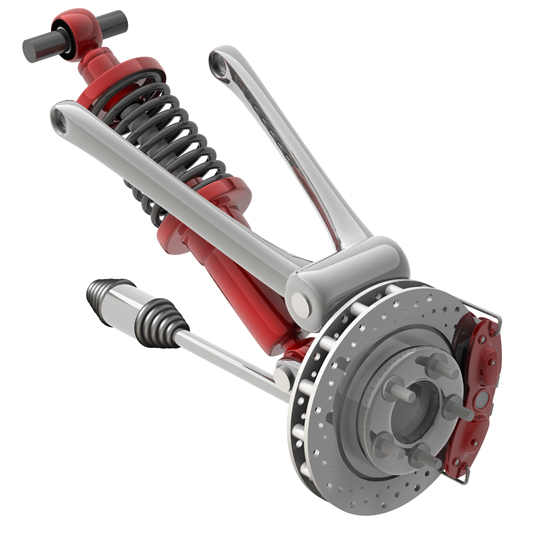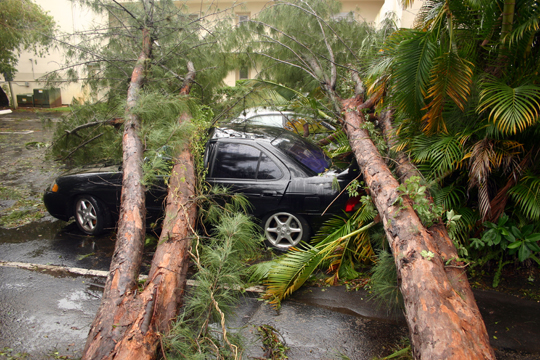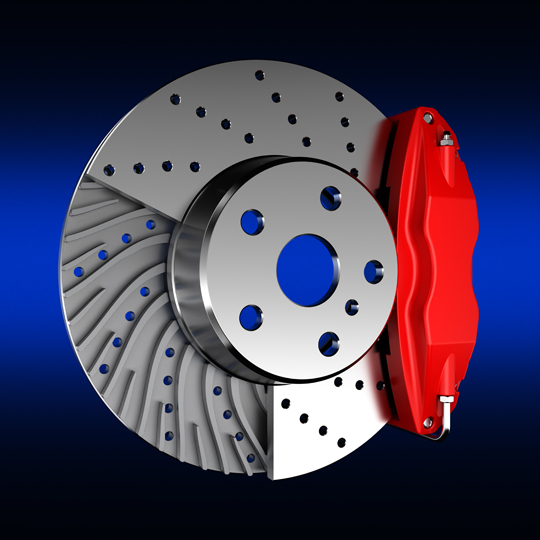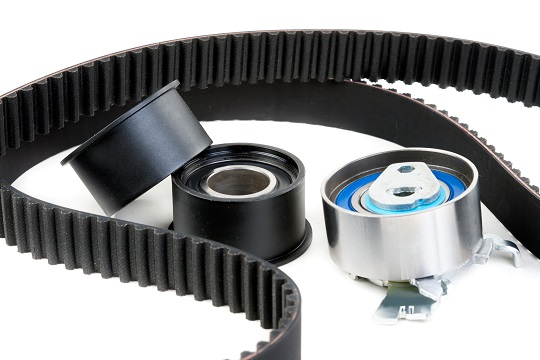Rack Pinion Steering
Rack and pinion steering is a device used for the conversion of circular and linear motion, which is made up of a pinion plus a rack which are mated. This is the steering wheel used by most cars. At the end of the stretched out steering wheel is a cogwheel. Once the steering wheel is turned to the left, the rack is pushed to the right of the axel. The rack is on the front axel, while the pinion is on the end of the steering wheel.
How it Works
The rack and pinion connects the front wheels to the steering wheel. It connects the center of the tire rod assembly to the steering column, which then connects to the steering arms. This whole assembly connects the rotational motions of the steering wheel into the linear motion of the tires. The rack is a bar that is flat with teeth that are notched, which are connected to the tire rod assemblies. The pinion is a round gear that is connected to the shaft that steers. As the steering wheel is turned, the rack is then pushed in the exact opposite direction.
Racks and pinions can either be manual or automatic. The automatic racks and pinions use a power steering pump. This pump is then mounted on the compartment of the engine and is driven by a belt. This whole rack and pinion steering is a bit complicated to understand, and is best explained by an expert. It is really complicated, especially if you are not a car expert and if your rack pinion steering is not working properly. You need to call an expert right away.
Call and Expert Now
Here at TalkLocal, we are committed to getting you the expert help that you deserve. Give us a call today to be connected with up to three professionals in your area, who can help you when you need it most.

